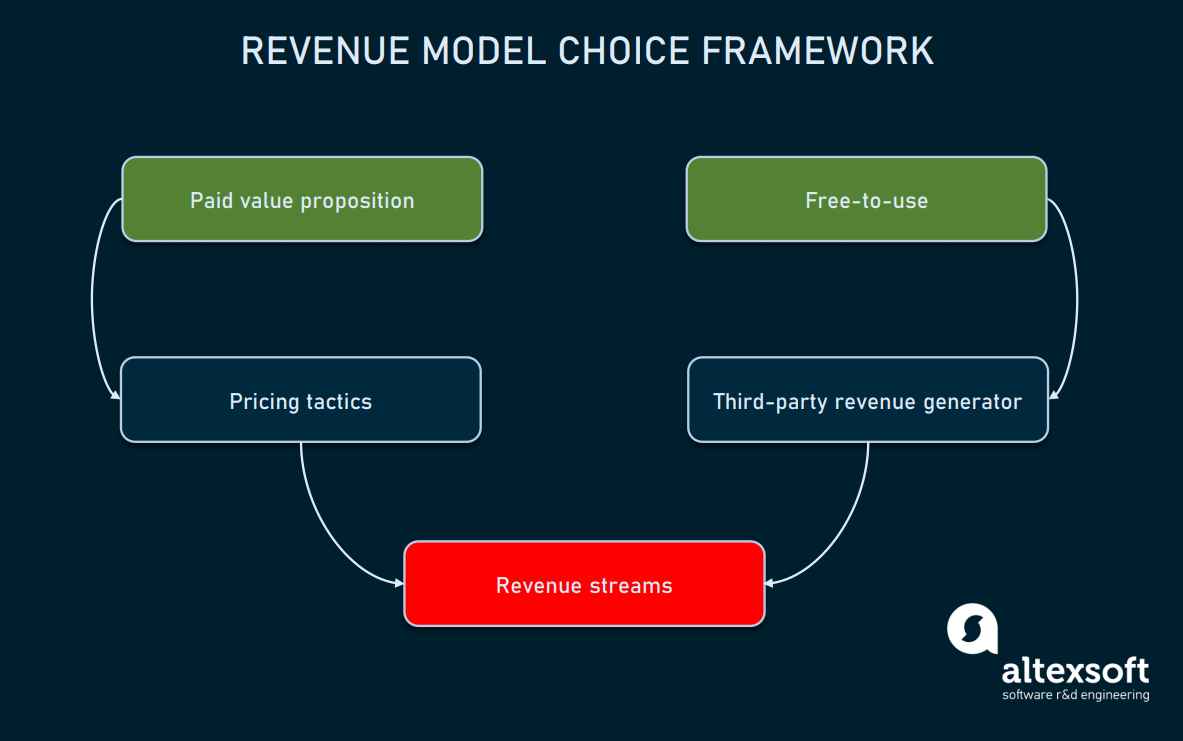Cybercriminal Nets Millions Targeting Executive Office365 Accounts

Table of Contents
The Methods Behind the Millions: How Cybercriminals Target Executive Office365 Accounts
Cybercriminals utilize a multi-pronged approach to compromise executive Office365 accounts, often combining advanced techniques to maximize their chances of success. These attacks are not simple phishing scams; they are meticulously planned and executed campaigns designed to exploit vulnerabilities and human error.
Advanced Phishing and Spear Phishing Techniques
Modern phishing attacks go far beyond generic emails promising large sums of money. Spear phishing, a highly targeted form of phishing, is commonly employed. Attackers meticulously research their targets, gathering information about their roles, responsibilities, and even personal details from social media and other public sources. This allows them to craft incredibly convincing emails tailored to specific individuals.
-
Realistic Email Domains and Attachments: Attackers often register domains that closely mimic legitimate company addresses or use compromised accounts within an organization to send emails that appear trustworthy. Malicious attachments, disguised as invoices, reports, or other relevant documents, are frequently used to deliver malware.
-
Social Engineering: Attackers leverage social engineering tactics, manipulating human psychology to trick victims into revealing sensitive information or clicking on malicious links. They often create a sense of urgency or play on the victim's trust in authority figures.
-
Examples: CEO fraud and CFO fraud are common examples, where attackers impersonate high-ranking executives to request urgent wire transfers or other sensitive financial actions.
-
Sophisticated Tactics:
- Using compromised accounts within the target organization to send emails.
- Exploiting vulnerabilities in email clients or web browsers.
- Employing polymorphic malware that constantly changes its signature to evade detection.
Exploiting Vulnerabilities in Office365
Beyond phishing, attackers exploit weaknesses in Office365's security protocols. This includes:
-
Zero-Day Exploits: Attackers may discover and leverage previously unknown vulnerabilities in Office365 software before Microsoft can patch them.
-
Known Vulnerabilities: Attackers also exploit known vulnerabilities that haven't been patched by organizations due to negligence or lack of awareness.
-
Weak Passwords and Password Reuse: Weak passwords and the reuse of passwords across multiple accounts significantly increase the risk of compromise. If an attacker obtains credentials for one account using weak passwords, they can potentially access other accounts using the same credentials.
-
Specific Vulnerabilities:
- Exploiting flaws in Microsoft Exchange Server.
- Leveraging vulnerabilities in third-party applications integrated with Office365.
- Using stolen or compromised user credentials.
Post-Compromise Activities
Once initial access is gained, cybercriminals often move laterally within the network to achieve further objectives.
-
Data Exfiltration: Attackers use various techniques to steal sensitive data, including corporate secrets, financial information, and customer data. This data can be sold on the dark web or used for further malicious activities.
-
Malware and Ransomware Deployment: Attackers may deploy malware to maintain persistent access or ransomware to encrypt sensitive data and demand a ransom for its release.
-
Account Takeover: The compromised executive account is used to further infiltrate the network and launch additional attacks, including sending fraudulent emails to other employees or vendors.
-
Stages of Attack:
- Initial compromise through phishing or exploiting vulnerabilities.
- Lateral movement within the network.
- Data exfiltration and theft of sensitive information.
- Deployment of malware or ransomware.
The Devastating Impact: Financial and Reputational Losses from Compromised Accounts
The consequences of compromised executive Office365 accounts can be severe, leading to significant financial and reputational damage.
Financial Losses
The financial impact can be substantial, encompassing direct and indirect costs:
-
Data Breaches: The cost of recovering from a data breach, including investigation, remediation, legal fees, and regulatory fines, can run into millions of dollars.
-
Ransomware Attacks: Ransomware attacks can cripple business operations, resulting in lost revenue and significant ransom payments.
-
Fraudulent Transactions: Compromised accounts can be used to authorize fraudulent transactions, leading to significant financial losses.
-
Financial Impact Statistics:
- The average cost of a data breach is reported to be millions of dollars (Source: [Insert reputable source here]).
- The average cost of a ransomware attack continues to rise (Source: [Insert reputable source here]).
Reputational Damage
Beyond financial losses, reputational damage can have long-term consequences:
-
Loss of Customer Trust: Data breaches and security incidents can severely damage customer trust and lead to loss of business.
-
Legal Ramifications: Businesses may face legal action from affected customers, regulatory bodies, and shareholders.
-
Impact on Investor Confidence: Security breaches can negatively impact investor confidence and lead to a decline in stock value.
-
Examples of Reputational Damage:
- Companies facing negative media coverage following a data breach.
- Loss of customer loyalty and market share due to a security incident.
- Decreased investor confidence leading to a drop in stock price.
Protecting Your Executive Office365 Accounts: Essential Security Measures
Implementing a multi-layered security approach is crucial to protect against these attacks.
Multi-Factor Authentication (MFA)
MFA adds an extra layer of security by requiring multiple forms of authentication, significantly reducing the risk of unauthorized access even if credentials are compromised.
Security Awareness Training
Regular security awareness training for all employees, especially executives, is essential to educate them on recognizing and avoiding phishing attempts and other social engineering tactics.
Advanced Threat Protection (ATP)
ATP solutions provide advanced threat detection and prevention capabilities, helping to identify and neutralize sophisticated attacks, including those using zero-day exploits and polymorphic malware.
Regular Security Audits
Regular security audits and penetration testing help identify vulnerabilities in your systems and processes, allowing you to address them before they can be exploited by attackers.
Strong Password Policies
Enforce strong password policies, requiring complex passwords and regular password changes. Consider using password managers to help employees manage their passwords securely.
Data Loss Prevention (DLP)
DLP solutions monitor and prevent sensitive data from leaving the network unauthorized.
- Security Measures Checklist:
- Implement MFA for all accounts.
- Conduct regular security awareness training.
- Deploy ATP solutions.
- Perform regular security audits and penetration testing.
- Enforce strong password policies.
- Utilize DLP solutions to protect sensitive data.
Conclusion
The targeting of executive Office365 accounts by cybercriminals represents a significant and evolving threat. The methods employed are sophisticated, the consequences are devastating, and a proactive approach to security is paramount. By implementing the security measures outlined above, businesses can significantly reduce their risk of becoming victims of executive email compromise and protect their valuable assets. Don't wait until it's too late – take action today to safeguard your Office365 accounts and build a robust Office365 security strategy. For further resources on Office365 security best practices and threat prevention, consult reputable cybersecurity sources and consider engaging a cybersecurity professional.

Featured Posts
-
 Shopify Developers Lifetime Revenue Share Model Explained
May 05, 2025
Shopify Developers Lifetime Revenue Share Model Explained
May 05, 2025 -
 Understanding Lizzos Fitness Transformation A Trainers Response To Criticism
May 05, 2025
Understanding Lizzos Fitness Transformation A Trainers Response To Criticism
May 05, 2025 -
 Formula 1s Global Reach Credit To Ceo Stefano Domenicalis Vision
May 05, 2025
Formula 1s Global Reach Credit To Ceo Stefano Domenicalis Vision
May 05, 2025 -
 Kolkata Weather Alert Temperatures Above 30 C Expected In March
May 05, 2025
Kolkata Weather Alert Temperatures Above 30 C Expected In March
May 05, 2025 -
 Open Ais Chat Gpt The Ftc Investigation And Future Of Ai
May 05, 2025
Open Ais Chat Gpt The Ftc Investigation And Future Of Ai
May 05, 2025
Latest Posts
-
 I Emma Stooyn Kai I Anatreptiki Tis Emfanisi To Forema Poy Afise Afonoys
May 05, 2025
I Emma Stooyn Kai I Anatreptiki Tis Emfanisi To Forema Poy Afise Afonoys
May 05, 2025 -
 Volkanovski Vs Lopes Ufc 314 What The Opening Odds Reveal
May 05, 2025
Volkanovski Vs Lopes Ufc 314 What The Opening Odds Reveal
May 05, 2025 -
 Ufc 314 Main Event Odds A Deep Dive Into Volkanovski Vs Lopes
May 05, 2025
Ufc 314 Main Event Odds A Deep Dive Into Volkanovski Vs Lopes
May 05, 2025 -
 Analyzing The Opening Odds Volkanovski Vs Lopes At Ufc 314
May 05, 2025
Analyzing The Opening Odds Volkanovski Vs Lopes At Ufc 314
May 05, 2025 -
 Ufc 314 Volkanovski Lopes Main Event Initial Betting Odds
May 05, 2025
Ufc 314 Volkanovski Lopes Main Event Initial Betting Odds
May 05, 2025
